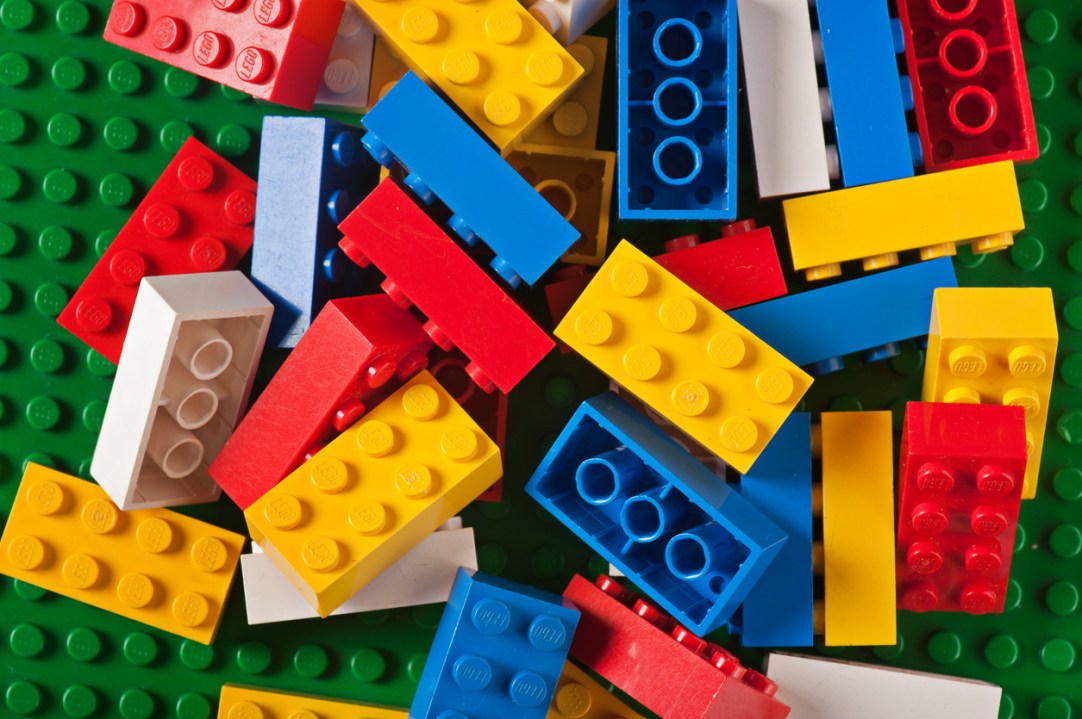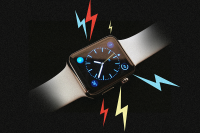To the surprise of millions of children today, and to their parents who loved the toy when they were youngsters themselves, it turns out that Lego can be homophobic. This is the conclusion of a self-guided tour of the Science Museum in London. The tour, which explores ‘stories of queer communities, experiences and identities’, warns that the plastic blocks can also reinforce the idea that heterosexuality is the norm. As reported in the Daily Telegraph this morning, the ‘Seeing Things Queerly’ tour, devised by the Gender and Sexuality Network, also cautions that Lego can add credence to the view that there are only two genders.
The logic behind such assertions is fantastical, but there is some tenuous reasoning afoot – or at least a laboured inference. The guide concludes that Lego works with the presupposition that ‘the top of the brick with sticking out pins is male, the bottom of the brick with holes to receive the pins is female, and the process of the two sides being put together is called mating’. (A Science Museum spokesman said: ‘This blog post was published online in 2022 to highlight a small number of objects on display at the museum that relate to LGBTQ+ individuals, experiences and communities.’)
Metaphors aside, the language employed elsewhere in the guide alas betrays a glaring dearth of intellectual rigour, and indeed an awareness of the vocabulary of science itself. The tour, first devised in 2022, wholly misunderstands the meaning of ‘normal’. The word has two meanings, one descriptive and one moralistic. In observational or statistical terms, we speak of ‘normal’ matters as those which are the most regular, common, expected, probable, continuous or static. It is normal for the sun to rise in the morning and we expect it to set this evening. It is normal for it to rain in Manchester. It is normal for young males to feature highly in crime statistics.
Scientists always employ ‘normal’ in its first descriptive sense, never in its judgemental sense. This is inherent to the practice of science when it comes to experiments and collating data. Only yesterday we heard of global January temperatures being ‘abnormally’ high. Today you will hear meteorologists on weather forecasts speak of temperatures being ‘normal for this time of year’. This evening on television you might see an advert telling you that ‘one in eight men will get prostrate cancer’. Again, the language and concept of norms is being invoked and conveyed.
In this respect, a scientist would – and should – say that heterosexuality is the norm of humanity. It is the default setting of our species, by weight of numbers. This is why it is also normal to speak of there being two sexes, while accepting that cultures do have many genders. On the other hand, a scientist who says that ‘homosexuality is not normal: it is a disgusting perversion and an abomination’ is using the word in its secondary sense, and is not doing his or her job.
If we may conceivably infer that the act of coupling Lego bricks symbolises the act of animal ‘mating’, that would also be a logical deduction. This is not as outlandish as it sounds. We use the same metaphor when it comes to describing electronic components, where gender is used to distinguish ‘mating connectors’. Male connectors have pins that stick out, designed to fit into ‘female’ connectors that receive these pins. Likewise in French, ‘prise mâle’ refers to an electrical plug and ‘prise femelle’ refers to an outlet.
Beyond semantics, the idea that Lego the toy, or that Lego the company, is somehow homophobic, doesn’t bear scrutiny whatsoever. Lego has been at the vanguard of wokery for some time in challenging what is morally normal and conventional, and with great enthusiasm. In 2021 the company unveiled its LGBT Pride set. Entitled ‘Everyone is Awesome’, the product, its first specifically designed to represent the LGBTQIA+ community, bore a transgender pride flag (in its then incarnation) with black and brown colours to represent LGBT people of colour.
That same year Lego promised that it would also remove gender bias from its toys. As it announced: ‘The company is committed to making Lego play more inclusive and ensuring that children’s creative ambitions – both now in the future – are not limited by gender stereotypes.’ In 2023 it revealed a new line of gender-neutral toys in Australia: its Lego Dreamzzz collection included a Pegasus horse, a blue and pink bunny called ‘Bunchu’ and a ‘nightmare shark ship’, all mysteriously purporting to break down the ‘silos between girls and boys’.
Lego, the world’s biggest toy maker, clearly takes itself very seriously. But it’s an independent company, and can do as it pleases. It’s a different matter when a state institution with ‘science’ in its name gives succour to a profoundly anti-scientific and anti-empirical political movement.








Comments